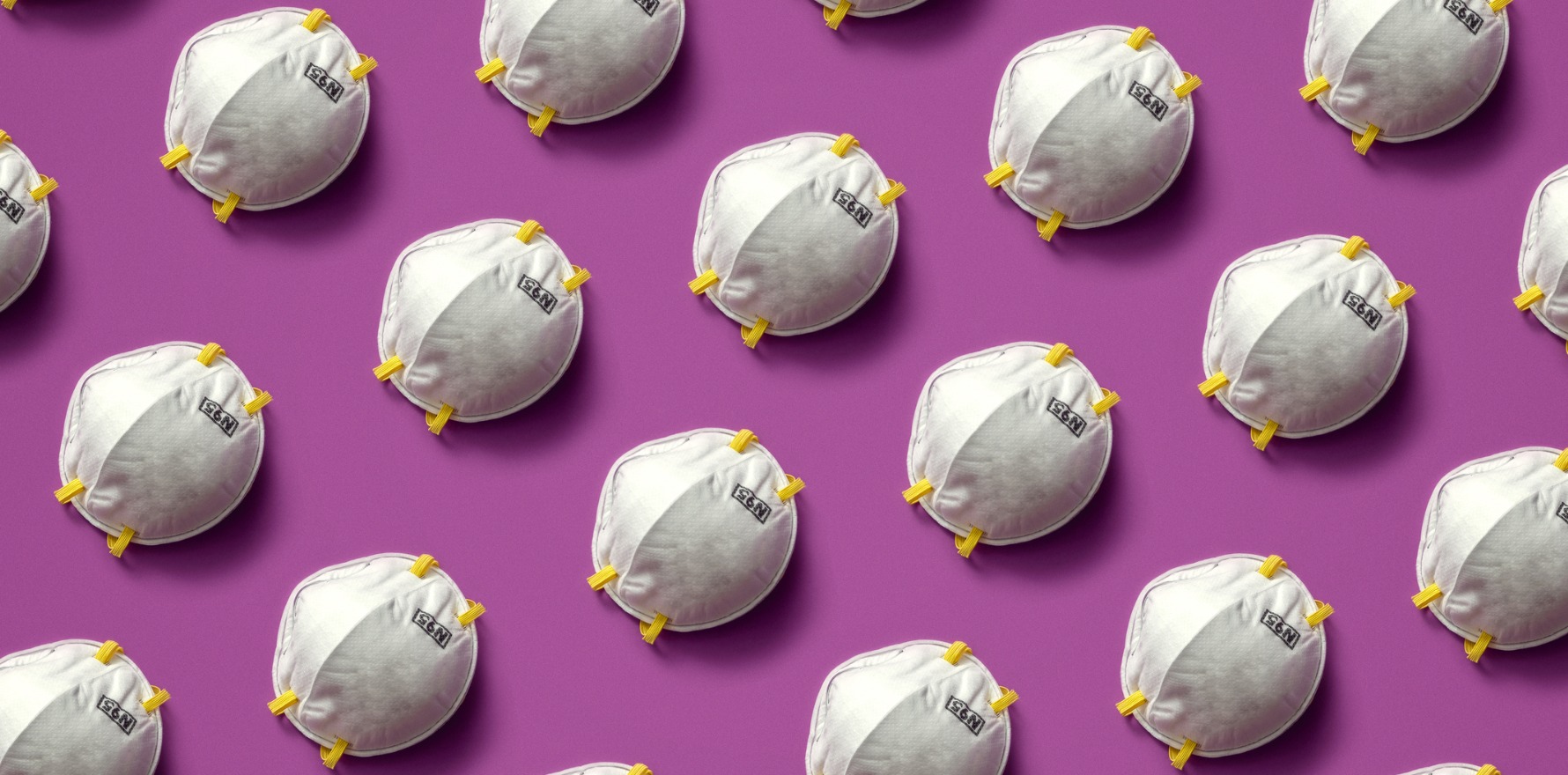12 November 2025
Nickel ACD prevalence declines over last decade

But the rate of nickel contact allergy remains steady, experts say.
Could the move towards a cashless society played a role in the decrease of nickel allergic contact dermatitis?
Nickel is one of the most common allergens in Australia due to the wide range of potential sources of exposure – jewellery, belt buckles, glasses, coins, electronic devices and dietary intake, to name a few.
And while nickel allergic contact dermatitis (NiACD) has historically been linked to occupational exposure (think nickel platers), non-occupational exposures have risen, and then fallen, in more recent decades. However, there has not been a specific investigation of the prevalence of nickel contact allergy and NiACD in Australia.
But now, new research led by the team at the Skin Health Institute in Melbourne, reports a decrease in the rate of NiACD over a 10-year period while the nickel contact allergy rate remains stable. Their findings were published in the Australasian Journal of Dermatology.
As part of the study, researchers retrospectively audited the patch testing results for 3582 patients who underwent testing over a 10-year period, focusing on the responses to 5% nickel sulphate hexahydrate.
The audit revealed that 573 (16.0%) of the patients had a positive reaction to the nickel-containing patch and were deemed to have nickel contact allergy, with 169 (4.7%) patients diagnosed with NiACD – meaning they had a positive reaction to the patch and presented with a rash.
The average age of patients with NiACD was 40.7 years. NiACD was more common in females than males (87.6% versus 12.4%), with the face (42.6%), hands (40.1%), eyelids (19.5%) and neck (17.2%) the most frequently occurring sites of dermatitis. More than half of the patients diagnosed with NiACD also lived with allergic rhinitis (52.1%), with atopic dermatitis (37.3%) and asthma (24.9%) other commonly occurring comorbidities. Only a small proportion of cases (5.3%) were believed to be significantly related to the patient’s occupation, with a further 6.5% of cases believed to be partially related.
The rate of NiACD decreased over time, falling from 5.9% in 2014 to 2.0% in 2023. However, the rate of nickel contact allergy remained relatively consistent over the course of the study (14.2% in 2013 to 16.1% in 2023).
“This suggests that while people are still being sensitised to nickel, as evidenced by the high contact allergy prevalence of 16%, there is less elicitation of NiACD,” the researchers wrote.
While the researchers were unsure as to the exact reason for the decrease in NiACD, they felt that fewer people being exposed to nickel in Australian coins could potentially have contributed to their findings.
“Australia’s one and two-dollar coins comprise 2% nickel, while sub-dollar coins contain 25% nickel,” they wrote.
“Brief, repeated exposures to nickel are known to contribute to NiACD, especially in those with impaired skin barrier function… The reduction of exposure to nickel in Australian coins, with the emergence of the cashless society [may partially explain the observed trends].”
However, it’s also possible that more people are aware of sensitivity to nickel, due to its tell-tale presentation around earrings, belt buckles and metallic buttons.
“With increasingly accessible information through the internet, it is possible that there has been an increase in NiACD self-diagnosis, leading to decreased presentation of patients for patch testing. Additionally, increased awareness of NiACD in the general population may lead to individuals avoiding nickel exposure prior to the manifestation of NiACD by favouring jewellery such as stainless steel, non-plated metals, gold, silver and platinum,” the researchers noted.
GPs and dermatologists should be aware that there are no specific symptoms for NiACD, and that the condition commonly presents with rashes on the hands and face – which can make it difficult to distinguish from other causes of contact dermatitis.




